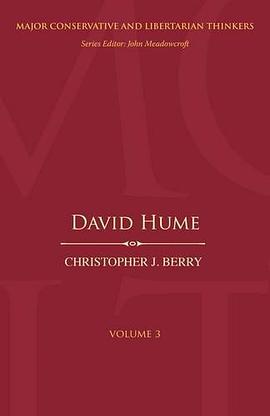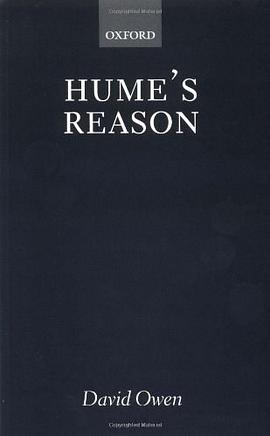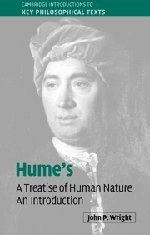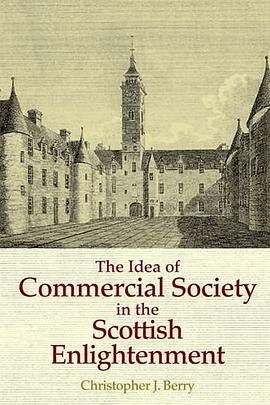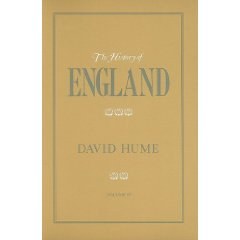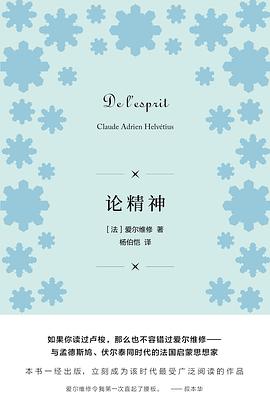

David Hume famously said, that reason is and ought only to be the slave of the passions. Hume's Aesthetic Theory traces the roots of aesthetics in the concepts of "sentiment" and "taste" and the epistemological possibilities that Hume's use of them has offered. Aesthetics has tended to concentrate on forms of aesthetic experience and attitude that developed after Kant's Third Critique , but these concepts contrast with aesthetic thought in the eighteenth century, which is based on "sentiment" and "taste". Neglect of the earlier eighteenth-century concepts obscures the alternatives available to aesthetic theory and misreads the history of aesthetics. In this respect, Davney Townsend argues that Hume's contribution to aesthetic thought has been insufficiently explored and that attention to it can shed light on the theoretical underpinning of Hume's philosophy as a whole. More importantly, it can deepen our understanding of the history of aesthetics and offer renewed possibilities for contemporary aesthetics. Hume's Aesthetic Theory is a major contribution to our understanding of Hume's general philosophy and will provide fresh insights into the history of aesthetics. It will prove invaluable to all those interested in Hume and aesthetics.
具体描述
读后感
评分
评分
评分
评分
用户评价
相关图书
本站所有内容均为互联网搜索引擎提供的公开搜索信息,本站不存储任何数据与内容,任何内容与数据均与本站无关,如有需要请联系相关搜索引擎包括但不限于百度,google,bing,sogou 等
© 2025 book.wenda123.org All Rights Reserved. 图书目录大全 版权所有





